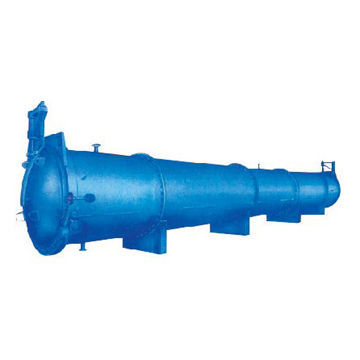1 / 8
AAC Block Making Equipment
Get Latest Price
Send Inquiry
| Model No. : | AAC Block Making Equipment-VY |
|---|
Shandong Sunite Machinery Co. Ltd
You might also like
Product description
- Autoclaved aerated concrete (AAC), also known as autoclaved cellular concrete (ACC), autoclaved lightweight concrete (ALC), autoclaved concrete, cellular concrete, porous concrete, is a lightweight, precast, concrete building material invented in the mid-1920s that simultaneously provides structure, insulation and fire-resistance and mold-resistance
- AAC products include blocks, wall panels, floor and roof panels, cladding (facade) panels and lintels
- Raw material storage: Flyash, sand, cement, lime, gypsum and aluminum powder should be stored separately in the corresponding stock yard
- Then they will be disposed separately and transported to each work section when used
- Raw material dealing: Sand will be transported into the wet ball mill by the belt conveyor, afterwards by slurry pump the slurry will be transported into slurry tank
- Batching mixing and pouring: The lime and cement will be transported successively by the screw conveyor into automatic weigher for weighs and the slurry will be transported by the slurry pump into automatic weigher for weighs
- After weighing the powder and slurry will be transported into the mixer for uniformity and pouring into the mold box
- Static hardening, curing and cutting: The slurry which be poured into the mold box will harden in the curing room with temperatures of 40-50 degrees in one or three hours
- When the body meets hardness of being cut, it will be transported with the mold box by reversal crane into the cutting cart
- Then it will move with the cutting cart for level and vertical cutting
- Steam curing and finished product packaging: The cut body will be put on marshalling site by the crane
- The marshalling body will be transported into the autoclaved kettle by the hauling engine or mobile windlass for 8-10 hours maintenance
- Afterwards the finished products will be pulled out from the the autoclaved kettle by the hauling engine, with separating and packing they transported into stock by forklift
Send your inquiry to this supplier
Send Inquiry




























